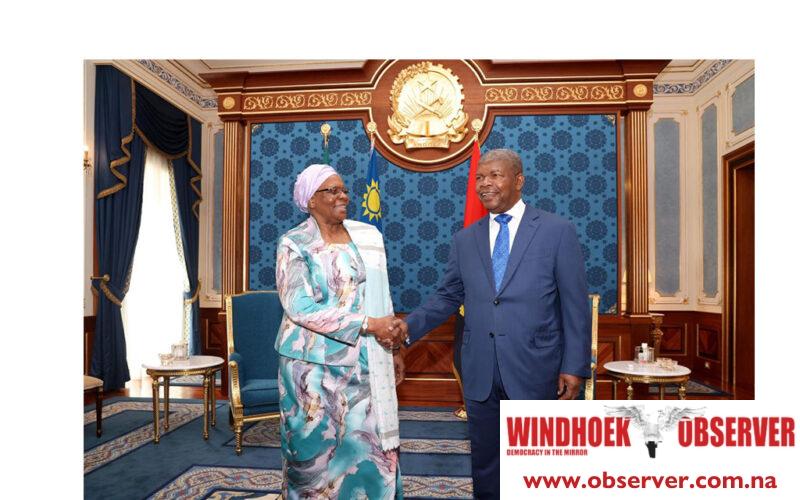Niël Terblanché
The long-awaited Baynes hydro-electric plant, a cross-border project on the Kunene River, was part of the agenda discussed by the Namibian and Angolan heads of state last week.
President Netumbo Nandi-Ndaitwah and Angolan President João Lourenço met in Luanda during a working visit on 9 May, where they discussed joint initiatives, including the long-discussed Baynes hydropower project.
During the meeting, both leaders stressed the urgency of the project, describing it as a driver of economic growth and improved access to energy in both countries.
Both heads of state reiterated their commitment to strengthening bilateral cooperation, with energy and infrastructure topping the agenda of the Namibian leader’s first international visit since taking office in March.
“The two presidents expressed urgency in the development of the Baynes Hydropower Plant as a catalyst for economic development in both countries,” the Namibian Presidency said in a statement.
Discussions also covered extending electricity transmission lines and water canals into northern Namibia, with a view to facilitating access to services and boosting agriculture and industrial activity.
The leaders also supported the establishment of a rail link to further ease cross-border trade.
President Nandi-Ndaitwah and President Lourenço agreed on the need to elevate bilateral cooperation through a fully operational Bi-National Commission (BNC).
“Legal instruments and cooperation frameworks must be strengthened tol effect to the decision both countries undertook in 2019,” the presidency stated, adding that ministers of foreign affairs would meet soon to finalise arrangements for the BNC’s inaugural session.
Another major point of convergence during the talks was the oil and gas sector.
With Angola offering technical training to Namibians and sharing expertise through its state-owned oil company, Sonangol, the partnership between Sonangol and the National Petroleum Corporation of Namibia (Namcor) is expected to deepen.
“Angola has built capacity in the oil and gas sector, providing training to Namibians in Angola, and has demonstrably shown readiness to assist Namibia’s nascent oil and gas sector,” the presidency’s statement said.
The two leaders also voiced support for greater collaboration in agriculture, tourism, and logistics, focusing on job creation and youth empowerment through value addition to natural resources.
The heads of state praised the functioning of the 24-hour border post between Santa Clara and Oshikango and reiterated its importance for regional trade.
Nandi-Ndaitwah also used the visit to introduce herself formally as Namibia’s Head of State and to express appreciation for Angola’s support following the recent passing of former presidents Hage Geingob and Sam Nujoma.
She also laid a wreath at the memorial of Angola’s founding president, António Agostinho Neto, in tribute to the role he played in Namibia’s liberation struggle.
Nandi-Ndaitwah also visited SONILS, an integrated logistics company under Sonangol, which she described as a model Namibia intends to emulate for local content development and employment creation.
The visit concluded with a call for both governments to agree on a date for the inauguration of the Cassinga and Shetekela Memorial Shrines, which are intended to honour shared sacrifices and historical ties.
President Nandi-Ndaitwah returned to Namibia on Friday evening, where she was officially received at Ondangwa’s Andimba Toivo ya Toivo Airport by Prime Minister Elijah Ngurare and the Oshana Regional Governor, Elia Irimari.




